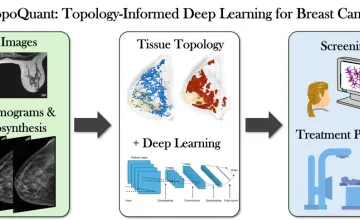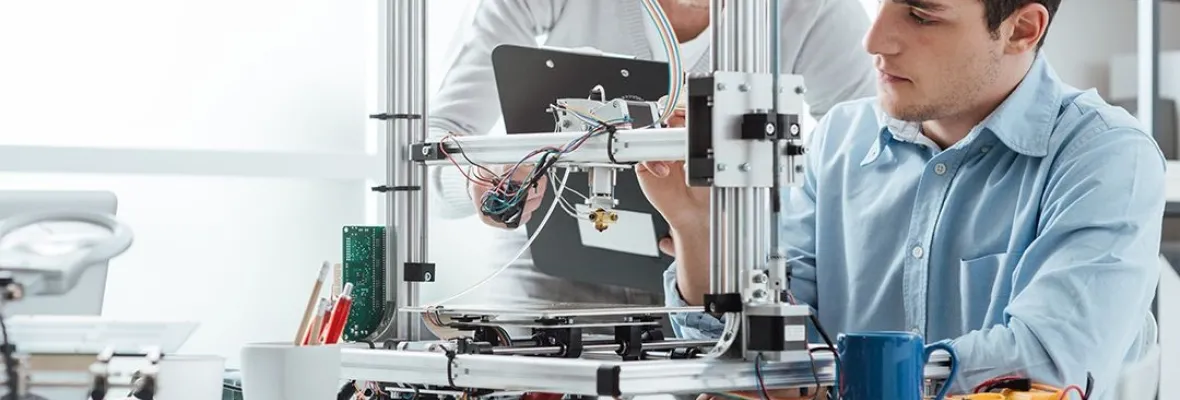AAU universities conduct a majority of the federally funded university research that contributes to our economic competitiveness, health and well-being, and national security. AAU universities are growing our economy through invention and innovation while preparing the next generation of scientists and engineers for global leadership. By moving research into the marketplace AAU universities are helping to create jobs, and provide society with new medicines and technologies.

UMD geologists uncovered evidence of a section of seafloor that sank into the Earth's mantle when dinosaurs roamed the Earth; it's located off the west coast of South America in a zone known as the East Pacific Rise.

Novel research supported by NCI could lead to more specific predictive disease models

A new University of Kansas study reveals parents seeking health care information for their children trust AI more than health care professionals when the author is unknown, and parents rate AI generated text as credible, moral and trustworthy.

Hypertension and amyloid plaques can separately cause dementia. Having both increases a person’s odds of developing cognitive decline, a new study finds
Explore More: University Research
You can filter stories by the university.
New CU Boulder research addresses three confounding challenges for psychiatric drug treatment.
A team of astronomers from the University of Washington, Western Washington University and the University of California, Irvine discovered more than three-quarters of all stars exist as binaries — with one companion — or in even more complex relationships. Stars in close quarters can have dramatic impacts on their neighbors. They can strip material from one another, merge or twist each other’s movements through the cosmos.
SARS-CoV-2, the virus that causes COVID-19, can relieve pain, according to a new study by University of Arizona Health Sciences researchers.
A new tool for monitoring COVID-19 may one day be right under your nose. Researchers at the University of California San Diego are developing a color-changing test strip that can be stuck on a mask and used to detect SARS-CoV-2 in a user’s breath or saliva.
Abrupt changes in the senses of smell and taste are commonly reported by people who contract COVID-19 and may be an early warning sign that a person has been infected.
